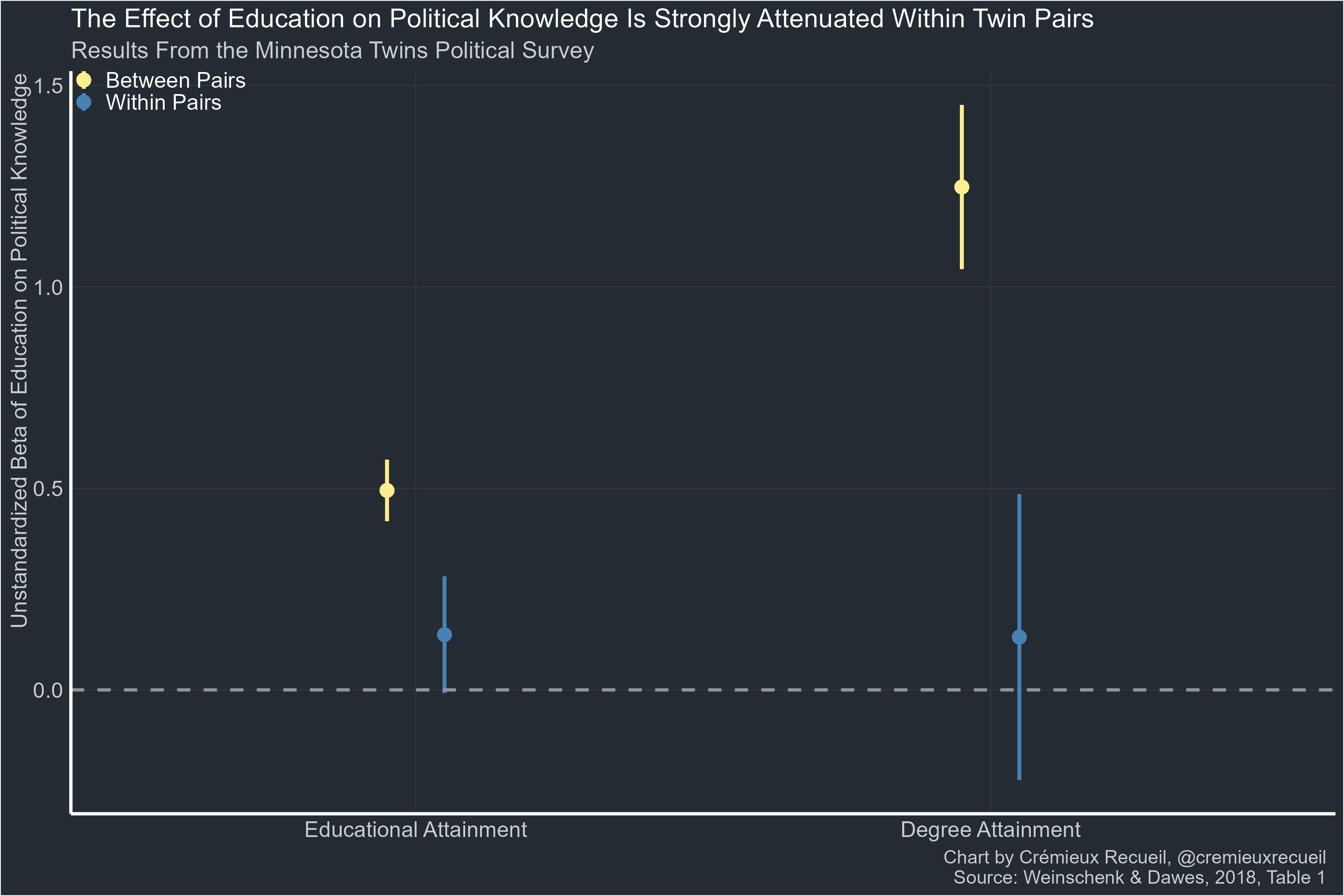Submission status
Reviewing
Submission Editor
Emil O. W. Kirkegaard
Title
The Impact of Music on Mental Health: A Quantitative Assessment of Well-Being and Academic Performance
Abstract
Background:
Adolescents in academically rigorous environments face elevated mental health challenges, including anxiety, depression, and stress. Music has long been recognized in clinical music therapy practice as both a medium for emotional expression and a coping strategy. However, limited research has examined the role of musicianship in shaping mental health outcomes in high-achieving secondary school students.
Objective:
This study explored the relationship between musicianship, mental health, and coping strategies in adolescents, with particular emphasis on how music functions as a naturalistic self-regulation tool.
Methods:
A cross-sectional, quantitative survey was administered to 87 high school students (grades 9–12) from an academically competitive private school in California. Participants were classified as musicians or non-musicians. Measures assessed psychological well-being, perceived academic impact of mental health, and the use of music as a coping mechanism. Data were analyzed using independent samples t-tests.
Results:
Musicians reported significantly higher nervousness over the previous four weeks (p = 0.0003) and greater use of music to cope with personal problems (p < 0.001) compared to non-musicians. No significant group differences were observed for depression indicators, positivity, or perceived balance.
Conclusions:
Findings suggest that in academically pressured youth, musicianship may be associated with elevated performance-related nervousness but also increased reliance on music for emotional self-regulation. These results hold clinical relevance for music therapists designing interventions for adolescents, highlighting the dual role of music as both a stressor and a coping tool. Future research should incorporate validated measures, diverse populations, and intervention-based designs to inform evidence-based practice.
Keywords
mental health,
musicality,
emotional regulation
Reviewer 1: Accept
Reviewer 2: Accept
Public Note
Response to reviewer 2: 1. Reference 1 and 2 are very old. https://www.nature.com/articles/s41467-023-42540-8 The literature from 20 years ago was largely low sample size, cross sectional, and had p hacking problems like most of pre replication crisis social science. Now we have huge longitudinal studies. While 20 years ago most brain development researchers thought there was significant development of executive function until the mid-20s, new results show high school seniors (usually ~18 years old) are not rapidly increasing in executive function, meaning, eg, sophomores and juniors (~16, 17 years old): must be experiencing small and rapidly diminishing amounts of maturation: "Across assessments and datasets, executive functions follow a canonical non-linear trajectory, with rapid and statistically significant development in late childhood to mid-adolescence (10–15 years old), before stabilizing to adult-levels in late adolescence (18–20 years old)." Thank you. The first reference was replaced and introduction rewritten. 2. Reference 4 is old also, you might want to include more recent stuff like this paper analyzing the ABCD dataset "Heritability of Childhood Music Engagement and Associations with Language and Executive Function" https://link.springer.com/article/10.1007/s10519-023-10135-0 . Thank you. This reference was added to the paragraph. 4. Here's two more references that would be worth including: "When controlling for familial liability associations diminished, suggesting that the association is likely not due to a causal negative effect of playing music, but rather to shared underlying environmental or genetic factors influencing both musicianship and mental health problems." https://www.nature.com/articles/s41598-019-49099-9 ; "The cotwin-control-analysis gave no support for causal effects of early music training on verbal ability at age 18" https://psycnet.apa.org/record/2021-58172-001 Thank you. These were both incorporated into a new paragraph in the discussion. 5. I placed Figure 1 in the manuscript based on ggplot code.
 which shows your means with 95% confidence intervals, where the colored groups are Non-musicians and Musicians. You should use descriptive labels, like "Nervousness" instead of A.
which shows your means with 95% confidence intervals, where the colored groups are Non-musicians and Musicians. You should use descriptive labels, like "Nervousness" instead of A. 
